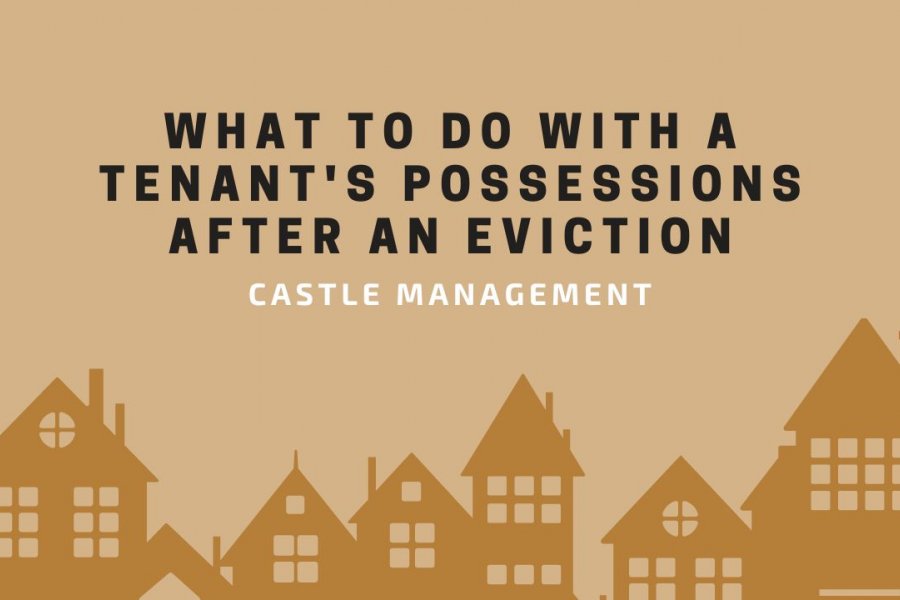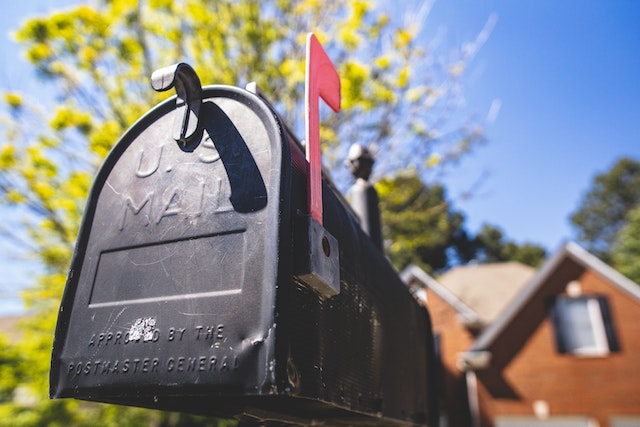
If a difficult tenant finally moves out of your rental property, you may breathe a sigh of relief. Unfortunately though, the issue isn’t over if you find that their possessions are still in one of your units. You might be tempted to just get rid of everything.
However, removing the items properly is still a part of the California eviction process. To avoid legal consequences, you have to follow certain rules and give the former tenant an opportunity to retrieve their possessions, regardless of the circumstances that ended the tenancy.
As in every situation related to owning a rental property, landlords should practice fairness. This article will offer tips on what to do with a tenant’s evictions after they’ve moved out of your property.
Know Why the Renter Left
To make sure you correctly handle a tenant’s possessions, review the reason why the renter moved out or was evicted from your rental property. The reason will help you identify your next steps as a landlord.
Each state has its own laws surrounding what to do with evicted renter’s possessions and whether the landlord must return the remaining items or not. Knowing the law will guide you on the steps you need to take. We’ll cover the laws in California below.

Check the Lease
Go over the lease agreement signed by the renter and see if there are certain clauses covering abandoned property. Although the local laws will always be implemented over the rental agreement, it is still recommended to review the lease to find out what you and the renter agreed beforehand for managing possessions left behind.
Opportunity to Retrieve Belongings
States have different requirements for the retrieval of belongings and in California, you are required to give your former tenants a grace period to return to the property and retrieve their possessions.
When you provide a grace period for renters to get back their property, you reduce the likelihood of running into legal issues. The cost of recovering abandoned property will come from the renters, so it is fairly easy for the landlords to store these items for a short period of time.
In California, you will either provide a 15 or 18-day window for ex-tenants to pick up their items. This is enough time for interested tenants to schedule a time with you to come and pick up their items. If you deliver the notice to retrieve their belongings in person, the tenant gets a 15-day window. If you mail the notice, they get 18 days.

Make sure to include details in the notice, such as what possessions were left behind and where they’re being stored. Cover the next steps, including how they can schedule a time with you to come back to the property. It is best to highlight the deadlines for retrieving the items and the potential costs so you can make sure the tenant is fully informed.
Information Needed in the Notice for Retrieval
California landlords must include the following information in the notice:
- Inventory of items
- Location of stored belongings
- Conditions to retrieve the items
- Costs of the storage that renters must pay for
- The outcome in case the possessions are left unclaimed
Handling Abandoned Possessions in California
Landlords in California must inform the renter about the belongings left behind. A storage period of 15 or 18 days is set aside for landlords to hear back from the evicted renter. If the notice sent is ignored after 15 or 18 days, then landlords can discard or sell the possessions that remain in the rental property.
Sending a Notice to the Evicted Renter
Landlords in California need to reach out to the renter directly and if the renter permits the landlord to dispose of the items, a record of communication must be kept to protect the landlord’s actions. Allow 15 or 18 days of notice before taking the next step.

Removing a Tenant’s Possessions
When the 15 or 18 days are up and you still have not gotten word from the renter, you have the right to discard the abandoned belongings. For items valued below $700, landlords can resell or throw them away at any time.
For items valued above $700, landlords must auction them off and donate the proceeds to the county. The costs of setting up the sales event and storing the items can be deducted from the sales proceeds.
Exceptions do apply, and landlords cannot sell motor vehicles or permanent fixtures in the property. These items should be reported to the local police who will manage these items.
Tips for Landlords Before Letting Go of a Tenant’s Possessions
- Avoid immediate disposal of a tenant’s possessions.
- Make sure to send a notice to the renter right away.
- Document any communication with the renter, especially for information related to the eviction and retrieval of possessions.
- Ensure that you comply with the prescribed storage period for abandoned property set by the law.
- Sell high-value items and ensure that storage costs and other associated fees related to keeping the tenant’s possessions are deducted from the sales proceeds.

What Steps to Take for Abandoned Property of a Roommate in California
As an owner of a rental property, you may have multiple tenants sharing one unit. In the case of a roommate leaving some possessions, the steps outlined above remain the same. A notice must still be sent promptly and depending on how you serve the notice, the roommate will have 15 or 18 days to retrieve their belongings.
If no response is received within that period, then landlords can exercise their right to throw away or sell them in compliance with the law.
Bottom Line
Landlords must avoid legal issues by adhering to the set period required under the law to store an evicted tenant’s possessions. If you’re looking for a reliable property manager to help you navigate landlord-tenant laws, tenant screening, evictions, and much more, contact Castle Management today!
Disclaimer: Please note that the information provided in this blog is intended for general guidance and should not be considered as a replacement for professional legal advice. It is important to be aware that laws pertaining to property management may change, rendering this information outdated by the time you read it.
